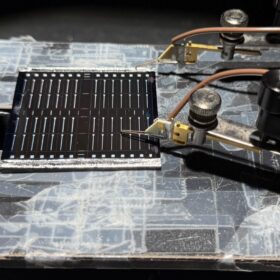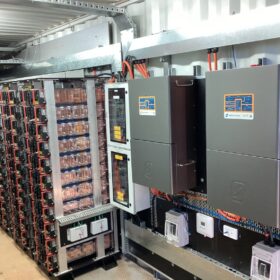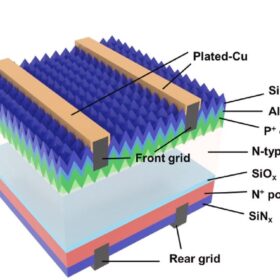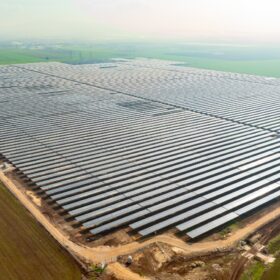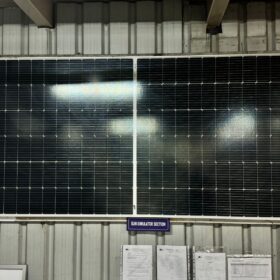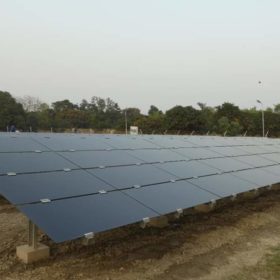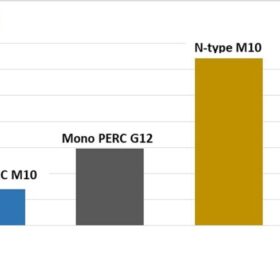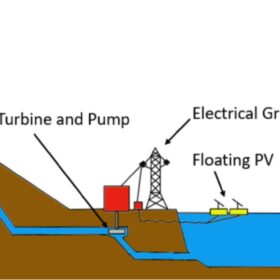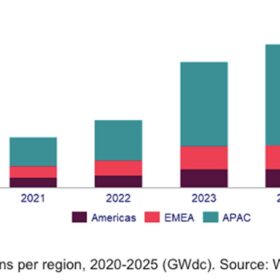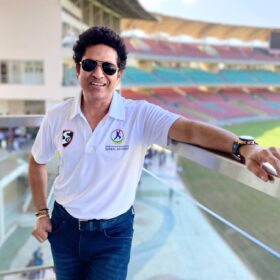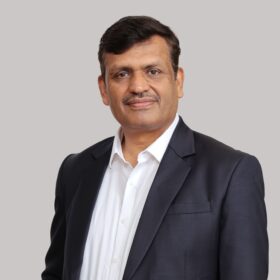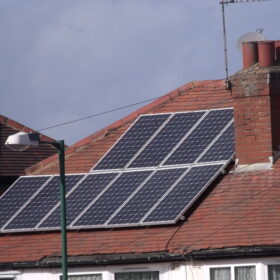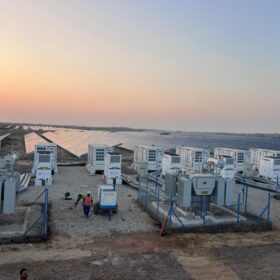Australian researchers set world record with kesterite solar cell
University of New South Wales (UNSW) researchers have set a new energy efficiency record for kesterite solar cells, a technology with potential to enhance silicon-based PV systems.
Australian manufacturer bets on lithium-titanium-oxide batteries
Zenaji, an Australian manufacturer of lithium-titanium-oxide (LTO) batteries, says the LTO market will hit $5.8 billion by 2032, growing at a 12.6% annual rate. It claims that its Eternity battery system is poised to capitalize on the trend.
Reducing TOPCon solar cell degradation via copper plating
Researchers at the University of New South Wales have used a 1 µm copper plating layer on the front silver grid of a TOPCon solar cell to create a protective barrier that reportedly reduces corrosion susceptibility. The cell showed significantly lower contaminant-induced degradation that unprotected reference devices.
Teralight switches on Israel’s largest solar plant
Teralight has activated Israel’s biggest PV project, the 150 MW Ta’anach 1 array, which will produce 310 GWh of energy per year. The facility will be expanded next year with the 104 MW Ta’anach 2 installation, featuring 440 MWh of energy storage.
KLK Ventures 590 Wp solar modules enter ALMM list
The certified mono c-Si PERC modules provide power outputs of 590 Wp with an efficiency of up to 21.11%.
Husk Power secures Acumen backing for solar minigrids in Congo
Husk Power has secured funding from Acumen to build out a robust pipeline of distributed renewable energy projects and build its first solar minigrids in the Democratic Republic of Congo.
Solar wafer price rebound nears its limit
In a new weekly update for pv magazine, OPIS, a Dow Jones company, provides a quick look at the main price trends in the global PV industry.
The case for combining pumped-hydro storage with floating PV
Researchers in Italy have analyzed the techno-economic viability of enhancing three pumped hydro plants in Italy with floating PV on the lower basin. They say that, with their wide results, consequences could be extrapolated to similar regions.
Wood Mackenzie predicts global solar growth will stagnate in 2025
Wood Mackenzie’s latest report forecasts that 493 GW (DC) of solar will be added throughout the world this year, compared to 495 GW in 2024. Solar module prices are expected to rise this year as manufacturers aim to recover profit losses from the past two years.
PV module prices at crossroads
Martin Schachinger, founder of pvXchange.com, said PV module prices will depend on national and international demand trends in the coming months, with outcomes ranging from increases to stagnation or further declines. Almost anything is possible, but nothing is certain.
